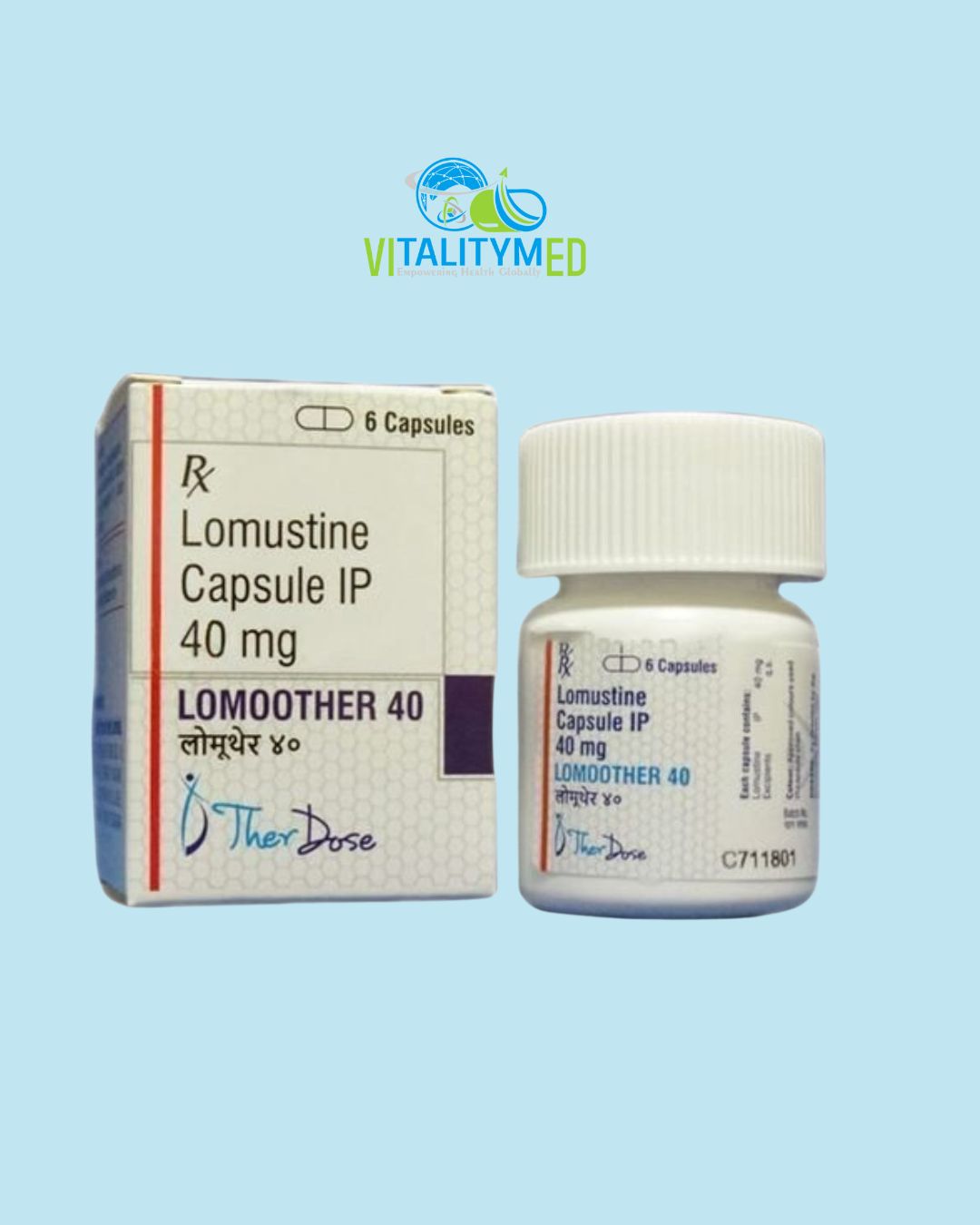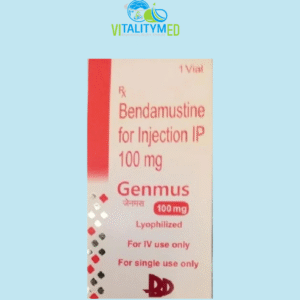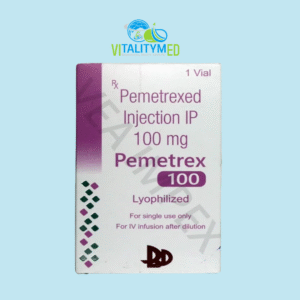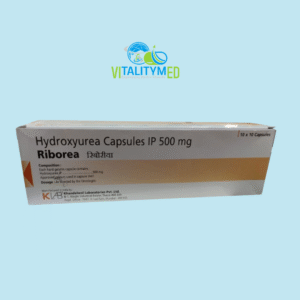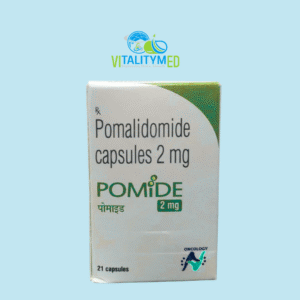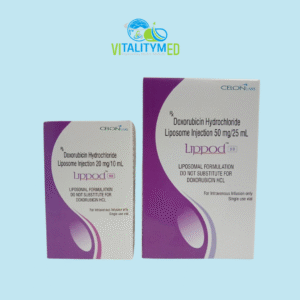Lomoother contains lomustine, a chemotherapy medication classified as an alkylating agent. It is primarily used in the treatment of certain types of brain tumors, Hodgkin’s lymphoma, and other malignancies that do not respond well to standard therapies. Lomustine is known for its ability to cross the blood brain barrier, making it particularly useful in treating cancers of the central nervous system.
Mechanism of Action
Lomustine exerts its effect by interfering with the DNA and RNA of cancer cells. It works through alkylation, a process that introduces alkyl groups into DNA strands. This results in abnormal cross-linking and breaks in the DNA chain, which prevents the cancer cells from dividing and eventually leads to their death. Lomustine also affects RNA and protein synthesis, further contributing to its anticancer activity. Because of its lipophilic nature, lomustine is especially effective in penetrating the central nervous system.
Uses
Lomoother is commonly used for the treatment of brain tumors such as glioblastoma multiforme, astrocytoma, and medulloblastoma. It is also indicated in the treatment of relapsed or refractory Hodgkin’s lymphoma, usually in combination with other chemotherapy agents. Due to its delayed cumulative toxicity, lomustine is typically administered in a single oral dose every six weeks.
Adverse Effects
Lomustine may cause several side effects, some of which may be delayed. Common adverse effects include nausea, vomiting, and loss of appetite. A significant concern is bone marrow suppression, which can lead to decreased white blood cell counts, increased risk of infection, anemia, and bleeding. Liver and kidney function may also be affected over time, and regular monitoring is recommended. Rare but serious side effects include pulmonary fibrosis and long-term risk of secondary cancers.

